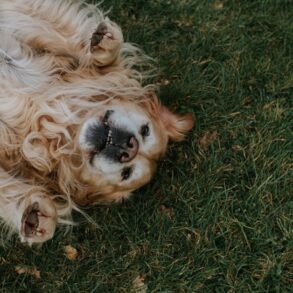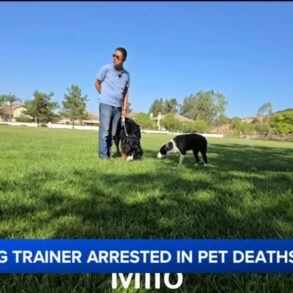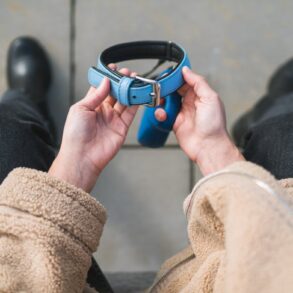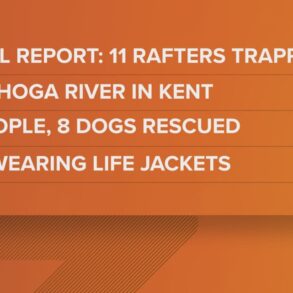By NICK YAMASHITA
The Progress

About a dozen people beat the heat of the summer dog days by learning about early dogs in Moapa Valley at a presentation given at the Lost City Museum on Saturday, June 15.
The monthly Lost City Lecture Series was held at the state museum at 11:00 a.m. and featured museum Curator of Archaeology Virginia Lucas in a presentation on the early domestication of dogs nationwide, especially within Moapa Valley and nearby areas.
“It went great! Dogs are always a great topic,” Lucas said. “Most people love dogs and love learning origins about them; plus how they would tie to Moapa Valley is an interesting subject.”
Lucas started at the earliest origins of the domestic dog. Some in attendance guessed back to early sled dogs while others guessed about half a million years ago. But Lucas explained that, through DNA work, they have found that the earliest domestication of dogs was found in Siberia and Russia about 33,000 years ago.
Dogs were the first domesticated animals, even before cows, sheep, goats, etc. which have been recorded back about 15,000 years ago, Lucas said.
She said that a common thought is that wolves were domesticated to become companions to early humans. But for this area the DNA was more closely matched the domestic dog than the wolf.
After she went over origins, she went over burials of dogs which included being buried with their human owners. This included Danger Cave which is up in northeastern Utah.
As for burials here, she had a theory of dogs being considered guardians due to how the remains of dogs were positioned within local burial sites. This included one looking over and down on the human remains.
She presented a chart showing about 16 burials within Moapa Valley with several dog remains found within about a third of them. Three infants, three adults and two juveniles were discovered to have been buried with a domestic dog locally. These were other sites than the ones discovered at Pueblo Grande Nevada, a.k.a. “The Lost City.”
Those in attendance were attentive and asked good questions about the origins of the domestic dog, if coyotes ever were domesticated and the sizes and breeds of dogs buried.
An early domestic dog skull was passed around for people to feel and observe as well.
Lucas said the attendance was good for the time of the year it is as this is usually the slower season.
“Overall, I think attendance was pretty great for being as hot as it is and it being a holiday weekend with Father’s Day,” she said.
The Lost History Lecture Series continues next month on July 6 at 11:00 a.m. with Archaeologist Kate Jones who will be presenting “Paleolakes in the Mojave Desert” going over lakes that existed in the past, but currently do not. This will cover animal and plant life as well as the fossiled evidence that can now be found. This will be the last presentation of the lecture series.
For more information or questions, you may visit the Lost City Museum during operation hours at 721 S. Moapa Valley Boulevard.
This post was originally published on this site be sure to check out more of their content.












































